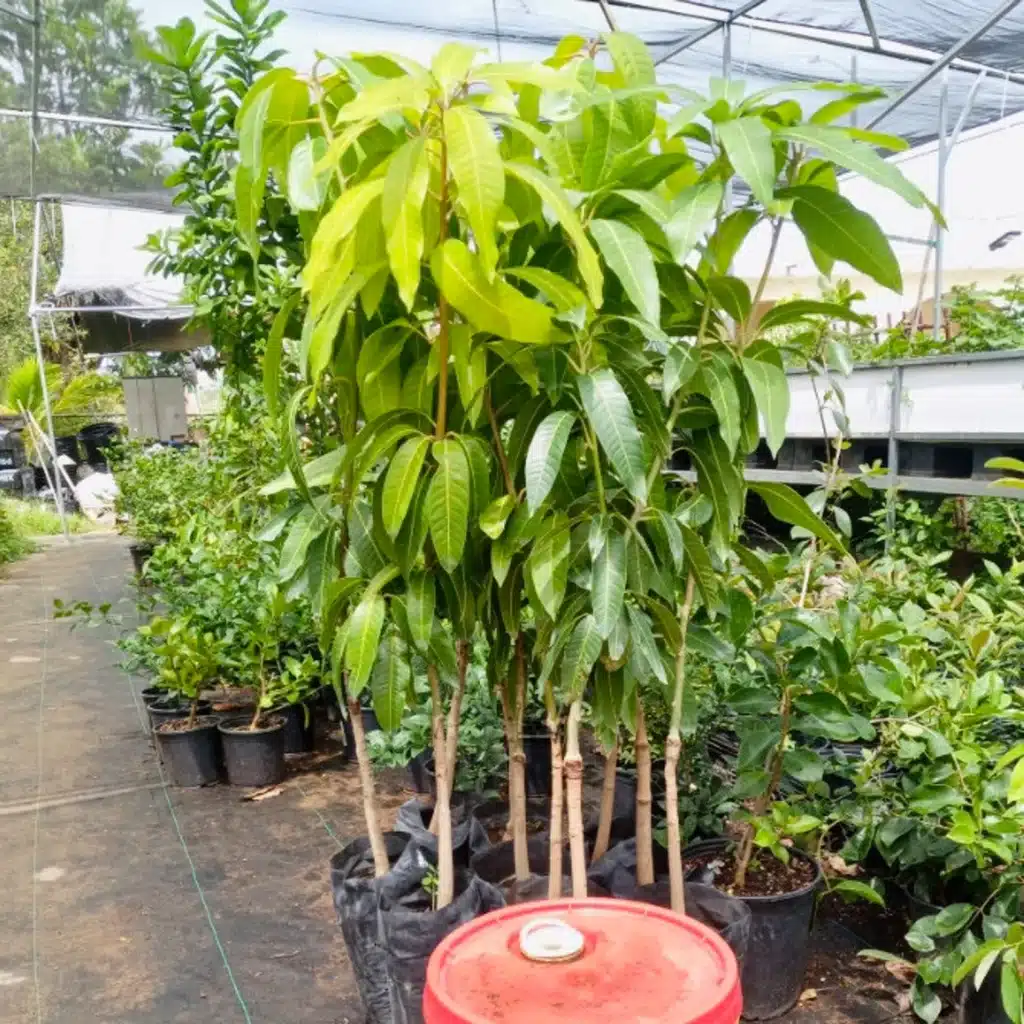Ultimate Guide to Planting and Caring for Fruit Trees: From Basics to Advanced Techniques
Ultimate Guide to Planting and Caring for Fruit Trees: From Basics to Advanced Techniques
Fruit trees are a delightful addition to any garden, offering not only delicious produce but also beauty and shade. Whether you’re new to gardening or a seasoned horticulturist, understanding how to properly plant and care for these trees is crucial. This guide covers everything from basic planting techniques to advanced care, including grafted trees, watering, revitalizing stressed trees, and managing diseases.
1. Selecting the Right Fruit Trees for Your Garden
Before planting, consider your climate zone, soil type, and the amount of sunlight your garden receives. Choose varieties that are known to thrive in your environmental conditions to ensure healthy growth and optimal fruit production.
2. Planting Fruit Trees
Planting Time: The best time to plant fruit trees is during their dormant period, typically in late fall or early spring. This minimizes stress on the trees and allows them to establish roots in the new location before the growing season starts.
Planting Process:
– Dig a Hole: The hole should be twice as wide as the root ball but no deeper. Loose soil at the bottom can cause the tree to sink over time.
– Position the Tree: Place the tree in the center of the hole, ensuring it’s standing straight. The graft union (if present) should be above the soil line.
– Backfill the Hole: Fill the hole with a mix of native soil and compost. Tamp down gently to remove air pockets.
– Water Thoroughly: After planting, water the tree deeply to settle the soil and encourage root growth.
3. Understanding Grafted Trees
What are Grafted Trees? Grafted trees are created by attaching the top part of one tree (the scion) to the root system of another tree (the rootstock). This method combines traits from both, such as disease resistance and fruit quality.
Care for Grafted Trees: Ensure the graft union remains above the soil level. This prevents the scion from forming its own roots and keeps the desired characteristics of both the rootstock and scion intact.
4. Watering Fruit Trees
Watering Needs: Young trees need regular watering to establish their roots. Once established, the frequency can be reduced. The amount of water required depends on the soil type and weather conditions.
Method: Use drip irrigation or a soaker hose for deep watering, which encourages deeper root growth and reduces moisture on the foliage that can lead to diseases.
5. Revitalizing Stressed Trees
Signs of Stress:Drooping leaves, discolored foliage, and stunted growth are common signs of stress, which may be caused by over-watering, under-watering, nutrient deficiencies, or disease.
Recovery:
– Adjust Watering: Check the soil moisture and adjust your watering schedule accordingly.
– Mulch: Apply organic mulch around the base to retain moisture and regulate soil temperature.
– Fertilize: Use a balanced fertilizer to provide essential nutrients and promote recovery.
6. Managing Diseases and Pests
Preventative Care: Regularly inspect trees for signs of disease or pest infestation. Healthy trees are less susceptible to issues, so maintaining proper nutrition and watering is key.
Treatment Options: Use organic pesticides or fungicides as a first line of defense. For severe infestations or infections, consult a local extension office or a professional arborist for advice.
7. General Maintenance
Pruning: Prune fruit trees annually to promote air circulation and light penetration, which are essential for the health and productivity of the tree. Remove any dead or diseased branches to prevent the spread of infections.
Fertilization: Apply a balanced fertilizer early in the spring and again in mid-summer to support growth and fruit production. Avoid over-fertilizing, which can lead to excessive leaf growth at the expense of fruit.
By following these detailed steps, you can ensure that your fruit trees grow healthy and produce abundantly. Remember, patience and consistent care are key to successful fruit tree gardening. Whether dealing with a newly planted sapling or reviving an older tree, each step you take contributes to the vibrant life of your garden.


